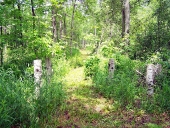
 1
1




Brenda
Bloom where you are planted.
http://restfultrailsfoodforestgarden.blogspot.com/








Brenda
Bloom where you are planted.
http://restfultrailsfoodforestgarden.blogspot.com/




Brenda
Bloom where you are planted.
http://restfultrailsfoodforestgarden.blogspot.com/
 2
2








Idle dreamer




It can be done!








Brenda
Bloom where you are planted.
http://restfultrailsfoodforestgarden.blogspot.com/





|
There is no more Flipper. Call me "Darth Fin" from now on. Or face the wrath of this tiny ad:
The new gardening playing cards kickstarter is now live!
https://www.kickstarter.com/projects/paulwheaton/garden-cards
|




